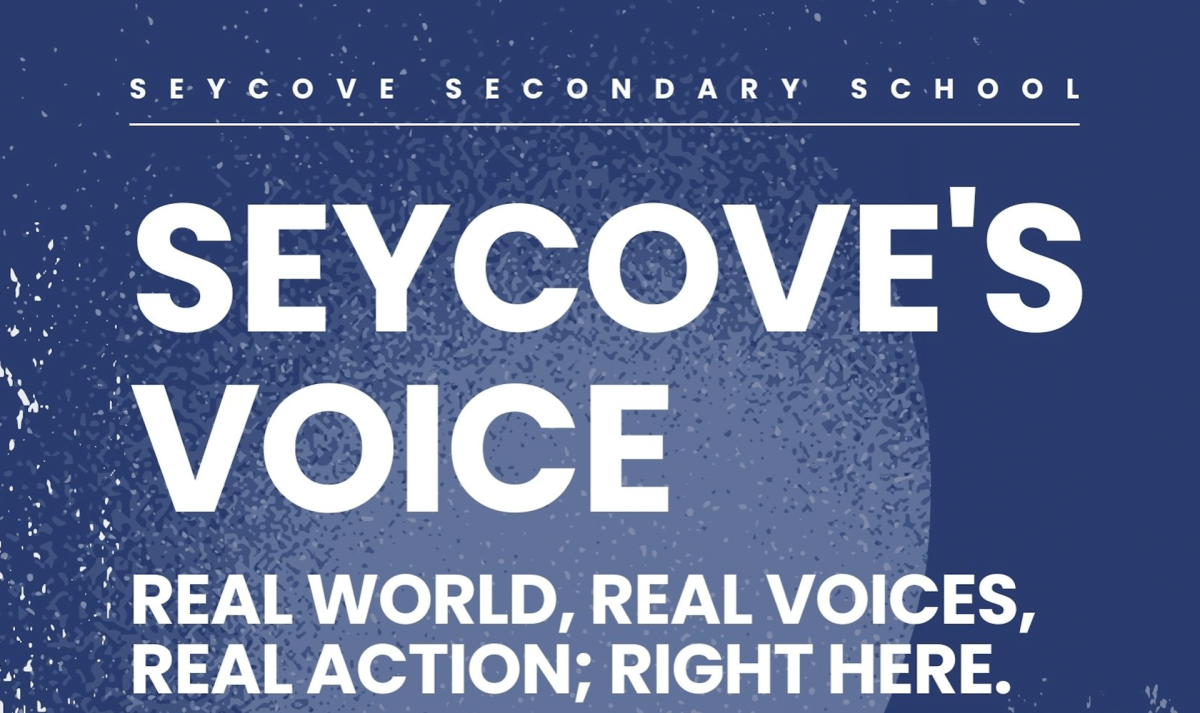Now, you may be asking, “What do all of these things have in common?” The answer is simple. Actually, not really. All of these things relate back to our most recent PLP project…
School, What is it Good For?
This massive project was accompanied by a massively loaded driving question.
How might we transform education systems to create engaged and informed citizens?
See what I mean? Our task for this project was to conglomerate our understanding of the purpose of school, civic history, and civic life into an artifact that answered our driving question.
We started off with building our understanding on the school system as a whole, and especially what the purpose of school actually is. We looked at the Finnish school system as an example of how schools in different places work, and how the purpose of school differs around the world.
In this Keystone, I asked as many people as I could what they thought the purpose of school was, and I received a lot of different answers.
I really found that hearing a diverse range of voices is important when asking questions about civics, and when gathering opinions on a topic. Every single person that I asked had a different answer and a different opinion, and it was from those answers that I built my conclusion.
We also had the opportunity to speak to Kulvir Mann, who is the Chair of the North Vancouver School Board, about the school system and how it is currently working. Kulvir offered insight into the school district from a level that we don’t often hear from, and that was very valuable information to know.
When it came time to actually create my artifact, I was a bit stumped. I ran through a few different options of what I could do, and I had multiple ideas of what my artifact would actually be. I was thinking about school libraries, the school’s website, and architecture in school, but none of those ideas really stood out to me as being something I was actually passionate about.
After a lot of thinking, I decided to focus on student voices, and how the way that the school system has chose to hear student voices is not very accessible to a diverse range of students, and therefore a diverse range of student voices. When we did our investigative interviews for Keystone #1, hearing student voices was something that I was super passionate about, and I have always been looking for more ways to get both my and my peers voices heard within the school system.
My final artifact has come together as an open, town hall style meeting that would take place at Seycove. Any student, staff member, parent, or member of administration would have the opportunity to come to the school library at lunch and be given the space to just talk. Space to talk about the issues at school, express concerns, and ask questions to the people who can actually address those concerns and answer the questions.
One of the really exciting things about this is that there is actually a very real chance that Seycove’s Voice will become a real thing. I meant it when I said Real Action!
I got some great feedback about this project. A lot of parents seemed interested, as well as staff members, and I got a lot of positive response from students. Almost every student who I talked to about my project expressed similar concerns about how student voices are heard (or not heard!) within the school system, and it made this project much more significant to me.


